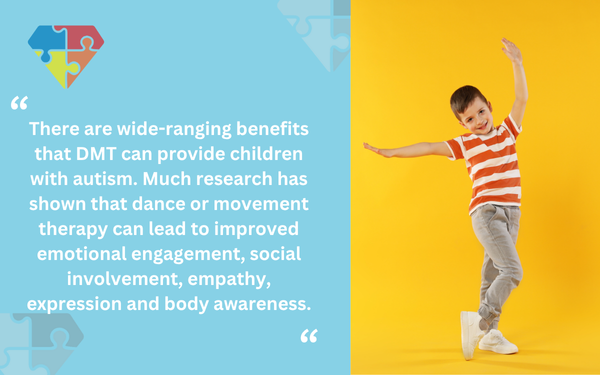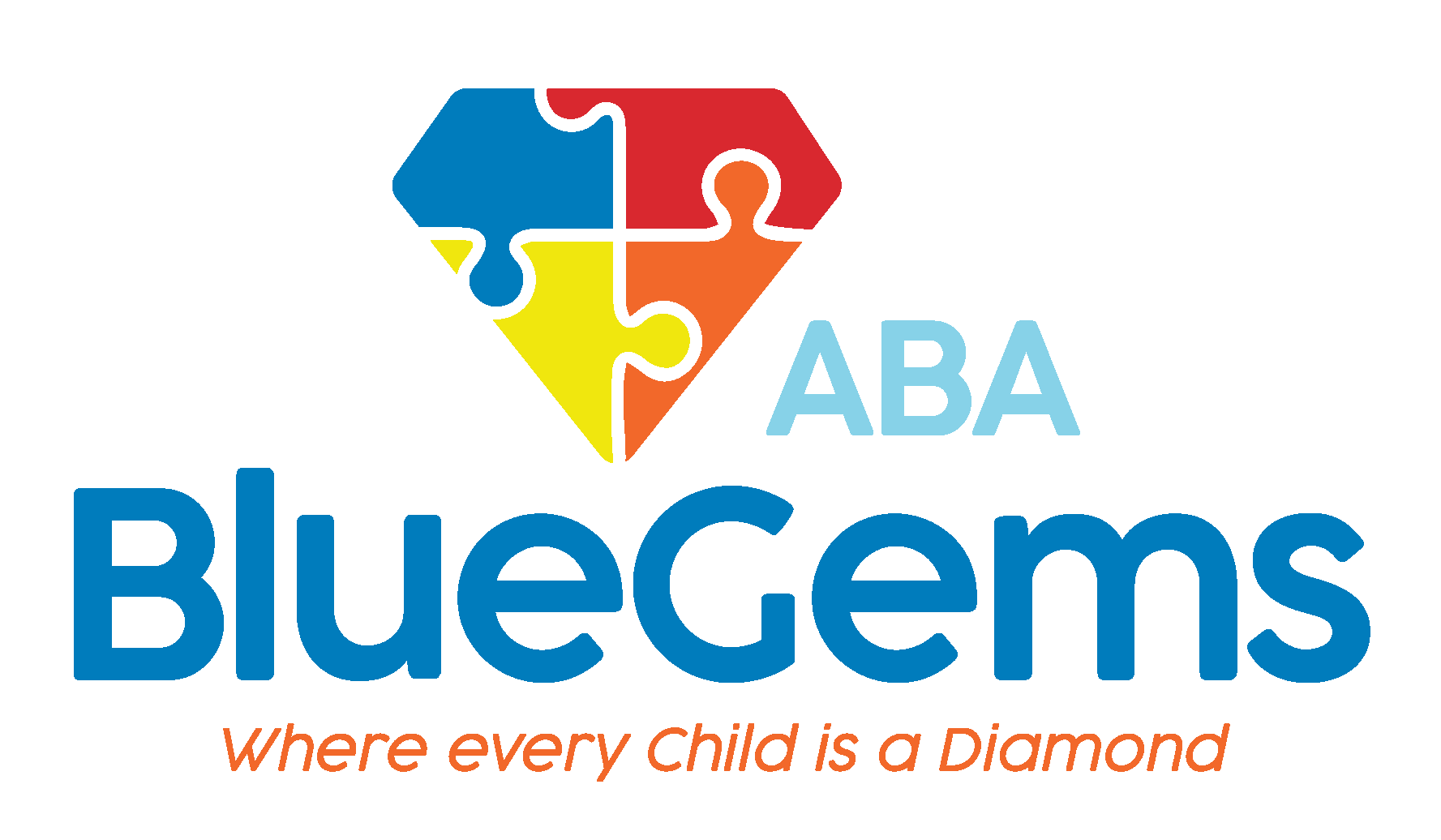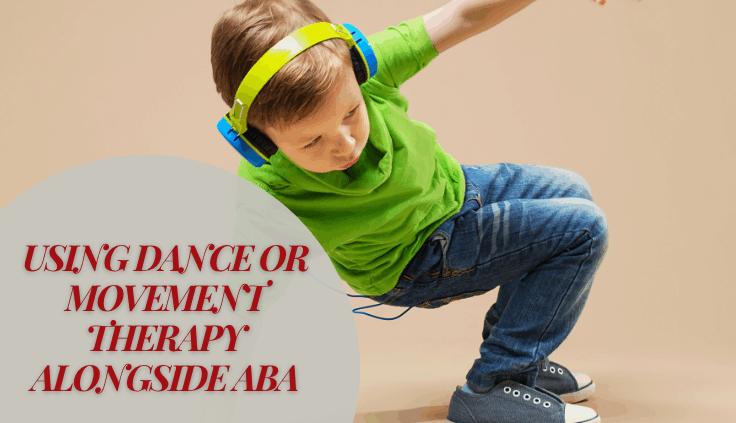Using Dance or Movement Therapy Alongside ABA
Dance is an amazing form of expression. As a formal art form, it’s a great way to teach discipline, teamwork and expressing your emotions, while improving strength, mobility, flexibility, concentration and hand-eye coordination.
Dance or movement therapy, often referred to as DMT, has been proven to benefit some individuals immensely. In fact, DMT can be a great way for children who have autism spectrum disorder (ASD) to form a connection with how they feel as well as their overall surroundings.
It’s no surprise, then, that DMT can be used in conjunction with applied behavior analysis (ABA therapy) to support children on the autism spectrum.
In this article, we’ll describe the benefits of using dance or movement therapy alongside ABA therapy.
| Key Takeaways |
|---|
| Dance or Movement Therapy (DMT) is a purposeful, expressive movement technique beneficial for children with ASD. |
| DMT supports emotional expression, cognitive growth, physical development, and social connection. |
| It is especially effective for non-verbal communication and empathy-building. |
| DMT can be effectively combined with ABA therapy to enhance therapeutic outcomes. |
| Blue Gems ABA customizes treatment plans incorporating tools like DMT based on each child’s needs. |
Table Of Contents
What is Dance or Movement Therapy (DMT)?
DMT involves having individuals follow patterns of purposeful movement. It isn’t just moving for the sake of moving, but rather a targeted approach to get individuals to move in a specific way that will provide them with sensations that will support their emotional, physical and cognitive integration.
When your body engages in dance or similar movements, it produces endorphins. In turn, this can make you feel happy, leading to a boost in mental health as well as more positive development of the brain.
DMT also provides an outlet for individuals to express their thoughts and emotions, even if they either can speak or have trouble doing so. In this way, dance is unifying, making expression accessible to children with ASD.
| Benefit Category | Description |
|---|---|
| Emotional Expression | Allows non-verbal and verbal children to express emotions through movement |
| Physical Development | Improves strength, flexibility, mobility, and hand-eye coordination |
| Cognitive Engagement | Enhances concentration and brain development |
| Social Connection | Builds empathy and encourages social involvement |
| Communication Skills | Encourages non-verbal communication, potentially leading to verbal gains |
| Therapy Compatibility | Complements ABA therapy strategies for holistic growth |
What Are Some of the Benefits of DMT?
There are wide-ranging benefits that DMT can provide children with autism. Much research has shown that dance or movement therapy can lead to improved emotional engagement, social involvement, empathy, expression and body awareness.

This is true for children on the autism spectrum regardless of their individual communication skills. In other words, children who can speak gain just as much from DMT as non-verbal children.
That being said, most DMT interventions will follow strategies that don’t rely on verbal communication to support children’s growth and overall well-being. They look to enhance children’s creativity in a non-directive way, allowing them to express themselves in whatever ways they want.
In doing so, dance or movement therapy helps children not only express themselves but form connections with others, without the need to communicate in words. This can lead to bigger gains in communication down the line, overcoming barriers to connection and communication that may exist.
How Can DMT Work Alongside ABA Therapy?
DMT can be used in conjunction with ABA therapy to support and help address parts of the goals of the child’s treatment plan.
Deficits in communication and social interactions are two of the biggest challenges that children with ASD face, and many have ABA therapy goals that seek to address this as a result. While there are many proven ABA-specific strategies that can help children improve these skills, integrating dance or movement therapy is a great way to provide children with a fun, play-based activity to boost their skills.
At the same time, the core principles and strategies of ABA therapy can help make dance or movement therapy more effective. For instance, teaching children new concepts by breaking them down into smaller and more manageable steps can help them understand what a DMT instructor is trying to communicate to them.
There are many other ABA strategies that help children with ASD form connections and express themselves, and these will help support more effective dance or movement therapy — and vice versa.
By starting with ABA therapy basics and then integrating DMT into the plan, children with autism can receive a big boost in their communication and social interaction skills.
Trust Blue Gems ABA with Your Child’s Treatment Plan
Dance or movement therapy can be very beneficial to work alongside ABA therapy for some children on the autism spectrum. It’s a unifying form of art that allows people to express themselves and form connections even if they struggle with verbal communication.
At Blue Gems ABA, our team of experienced therapists uses a wide range of strategies and tools to best support each one of our patients, based on their individual strengths, challenges and preferences.
To learn more, please contact us today.
| Question | Answer |
|---|---|
| What is Dance or Movement Therapy (DMT)? | A form of therapy using intentional movement to promote emotional, physical, and cognitive well-being. |
| Can DMT benefit non-verbal children? | Yes. DMT provides a non-verbal way to express emotions and connect with others. |
| How does DMT complement ABA therapy? | DMT enhances the emotional and expressive dimensions while ABA provides structure and skill-building. |
| Is DMT suitable for all children with autism? | While beneficial for many, suitability depends on individual needs and should be evaluated by a therapist. |
| Where can I learn more or get started? | Contact Blue Gems ABA to explore a personalized plan for your child. |




